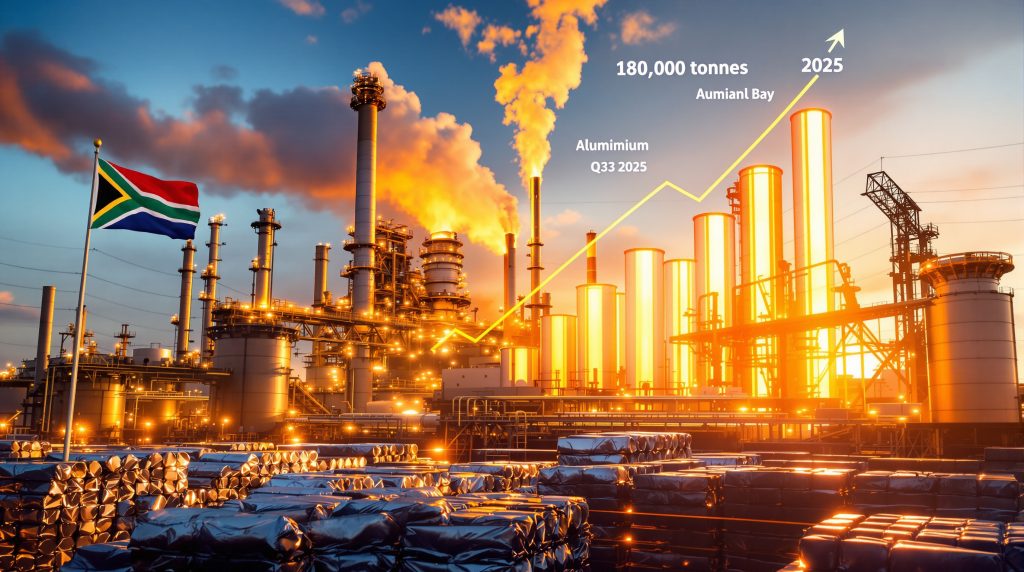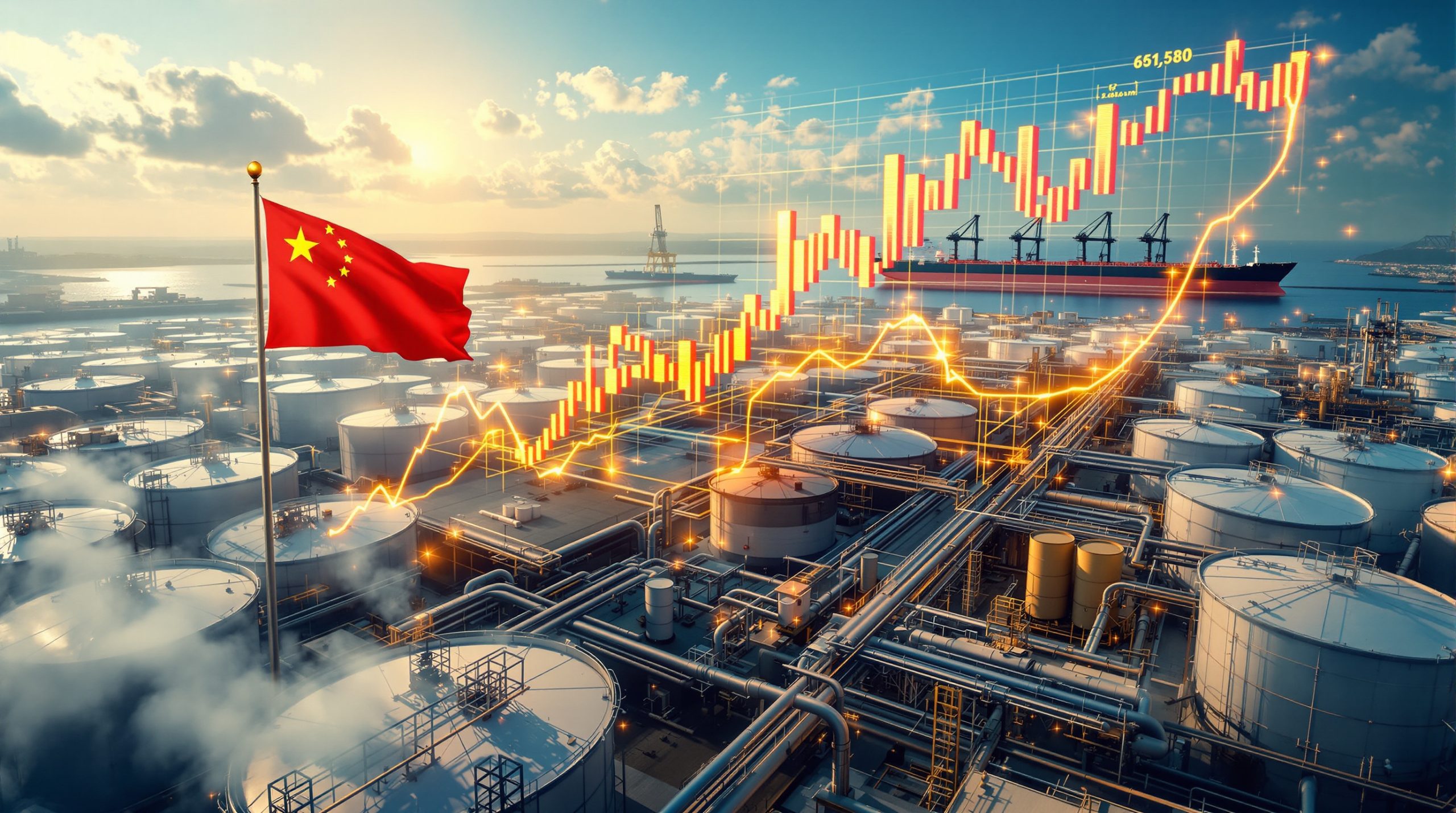Understanding South Africa's Strategic Aluminium Production Hub
South Africa Hillside aluminium production centers on a single, massive industrial facility that represents one of the southern hemisphere's most significant primary metal production operations. The Hillside Aluminium smelter, situated in Richards Bay, KwaZulu-Natal, stands as a cornerstone of the nation's heavy industry landscape despite facing numerous operational challenges throughout its operational history.
This facility employs advanced Hall-Héroult smelting technology to transform imported alumina feedstock into high-grade primary aluminium for both domestic consumption and international export markets. The smelter's strategic positioning within South Africa's industrial corridor provides critical access to established infrastructure while contributing substantially to national economic output.
Operating 864 electrolysis cells using proven Pechiney AP30 technology, the facility has maintained consistent production levels since its commissioning in the mid-1990s. The technology platform enables reliable metal quality while maximizing energy utilization efficiency, crucial factors given South Africa's complex energy landscape.
Recent Production Performance Demonstrates Operational Resilience
Third Quarter 2025 Output Achievements
Recent operational data reveals sustained production momentum during challenging market conditions. Quarterly output reached 181,000 tonnes during the September 2025 period, representing a modest 1% increase compared to the previous year's corresponding quarter. This performance demonstrates the facility's ability to maintain consistent throughput while operating near maximum technical capacity.
The smelter's management has maintained unchanged production guidance of 720,000 tonnes for the 2026 financial year, signaling confidence in operational stability despite external pressures including energy supply constraints and logistical challenges. Furthermore, detailed production data confirms this guidance suggests an annualized run rate of approximately 724,000 tonnes based on current quarterly performance.
| Performance Metric | Q3 2025 Value | Year-over-Year Change |
|---|---|---|
| Quarterly Production | 181,000 tonnes | +1% |
| Capacity Utilization | Near maximum | Stable |
| Annual Guidance (FY26) | 720,000 tonnes | Unchanged |
Capacity Optimization Strategies
The facility continues implementing capacity testing protocols designed to maximize technical output potential. These efforts involve fine-tuning electrolytic processes, optimizing pot line efficiency, and enhancing overall equipment effectiveness to extract maximum value from existing infrastructure investments.
Primary aluminium smelters typically operate most efficiently at 95-100% capacity utilization due to the continuous nature of electrolytic cell operations. Shutting down and restarting individual pots requires significant technical expertise and capital expenditure, making consistent operation essential for economic viability.
The current production levels indicate successful adaptation to South Africa's challenging operating environment, including periodic power supply interruptions and fluctuating input costs from international markets. Moreover, these achievements align with broader mining industry trends toward operational optimization and technological advancement.
Energy Security Challenges Shape Operational Strategy
Power Supply Dependencies and Adaptations
Aluminium smelting represents one of the most energy-intensive industrial processes globally, requiring consistent, high-volume electricity supply to maintain continuous operations. The Hall-Héroult electrolytic process operates at approximately 960°C and demands roughly 13-15 megawatt-hours of electricity per tonne of metal produced.
At Hillside's annual capacity of 720,000 tonnes, the facility requires approximately 9.36-10.8 million megawatt-hours annually, representing approximately 3.9-4.5% of South Africa's total electricity generation capacity. This energy intensity makes the smelter particularly sensitive to power costs and supply reliability.
The facility's management has developed sophisticated contingency protocols to maintain production continuity during periods of grid instability. These include demand management systems and operational flexibility measures that protect critical equipment while preserving output targets during load-shedding periods.
Comparative Energy Requirements Analysis
Electrolytic cells must maintain molten cryolite continuously because cell freezing requires 3-6 months and significant capital expenditure to restart operations. This technical reality necessitates uninterrupted power supply arrangements and backup systems to prevent costly production interruptions.
Energy Cost Components:
- Raw material procurement: 60-65% of total costs
- Energy consumption: 25-30% of total costs
- Labor and operational expenses: 8-12% of total costs
- Logistics and transportation: 3-5% of total costs
Large industrial users in South Africa typically negotiate specialized tariff structures with Eskom, often classified as "Megaflex" customers with interruptible supply options at discounted rates. These arrangements provide cost advantages while requiring sophisticated operational flexibility during supply constraints.
Consequently, renewable energy integration strategies are becoming increasingly important for energy-intensive operations seeking to reduce costs and environmental impact.
Import-Dependent Feedstock Creates Supply Chain Complexity
Alumina Supply Chain Dynamics
South Africa's absence of domestic bauxite reserves necessitates complete reliance on imported alumina feedstock, primarily sourced from Australian refineries. This supply chain structure creates both opportunities and vulnerabilities, as global alumina pricing fluctuations and shipping logistics directly impact production costs.
Approximately 1.9-2.0 tonnes of alumina are required to produce one tonne of primary aluminium using the Hall-Héroult process. At Hillside's annual capacity, this translates to approximately 1.37-1.44 million tonnes of alumina imports annually, representing a substantial logistics operation.
Major Australian alumina suppliers include Alcoa's refineries in Western Australia and Rio Tinto's Queensland operations. The shipping distance from Western Australian ports to Richards Bay spans approximately 6,500-7,000 nautical miles, requiring 15-20 days transit time using Panamax or Supramax bulk carriers.
Cost Structure Implications
Import-dependent operations face additional complexity through currency exchange rate fluctuations, international shipping costs, and trade policy changes. Recent exchange rates of R17.42 per US dollar directly affect import costs for Australian alumina priced in USD, creating ongoing financial risk management requirements.
The facility maintains strategic inventory management protocols to buffer against supply disruptions while optimizing working capital requirements. Long-term supply agreements with established refineries provide price stability and delivery security essential for continuous operations.
In addition, global aluminium scrap price assessments influence secondary metal markets, affecting overall supply-demand dynamics. Bulk carrier logistics require sophisticated planning to ensure consistent alumina availability while minimizing inventory carrying costs.
Economic Impact Extends Beyond Direct Production Value
Direct Economic Contributions
South Africa Hillside aluminium production contributes approximately 0.7% to the nation's gross domestic product while representing roughly 2% of total national export value. These figures reflect the industry's significance within the broader manufacturing landscape and its role in generating foreign exchange earnings.
With South Africa's GDP approximately $380-400 billion USD and total merchandise exports around $100-110 billion USD annually, the aluminium sector's contribution represents substantial economic value creation. The facility's strategic importance extends beyond direct production metrics to encompass broader industrial ecosystem support.
Direct employment encompasses thousands of skilled positions across smelting operations, maintenance, logistics, and administrative functions. The facility's workforce represents a concentration of specialized metallurgical expertise critical to maintaining operational excellence and technical innovation.
Downstream Value Chain Integration
Local aluminium processing capabilities enable value-added manufacturing through partnerships with fabrication companies that transform primary metal into finished products. This integration supports export-oriented industries including automotive components, construction materials, and packaging solutions.
Key Downstream Applications:
- Automotive components: Engine blocks, wheels, structural parts
- Construction materials: Window frames, cladding, roofing systems
- Packaging solutions: Beverage cans, flexible foil applications
- Electrical infrastructure: Conductors and transmission components
The availability of domestically-produced primary aluminium reduces import dependency for downstream manufacturers while creating opportunities for regional supply chain development and industrial cluster formation throughout Southern Africa. However, tariff impacts on investments continue to influence trade dynamics and competitive positioning.
Technological Innovation Enhances Production Efficiency
Advanced Process Technologies
The facility employs Pechiney AP30 technology, representing proven electrolytic reduction methods optimized for high-efficiency primary aluminium production. This technology platform operates at approximately 300-320 kiloamperes current using prebaked anode technology and point feeding systems for alumina distribution.
Contemporary implementations include automated pot line monitoring systems, advanced process control algorithms, and predictive maintenance protocols that enhance equipment reliability while reducing operational costs. These technological advances enable consistent metal quality while maximizing energy utilization efficiency.
The AP30 technology features computerized process control systems that optimize bath chemistry monitoring, anode effect prediction and prevention, and real-time alumina feeding optimization. These capabilities ensure stable operations while minimizing energy consumption per tonne of production.
Environmental Technology Integration
Modern aluminium smelting operations incorporate sophisticated waste processing innovations including specialized separation systems for fluorinated materials and carbon recovery from spent carbon materials. These technologies improve resource utilization efficiency while reducing environmental impact through enhanced material recovery.
Technology Implementation Benefits:
- Enhanced process control accuracy: Real-time monitoring and adjustment capabilities
- Reduced energy consumption: Optimized current distribution and thermal management
- Improved metal quality consistency: Advanced bath chemistry control systems
- Minimized waste generation: Integrated material recovery and recycling systems
- Extended equipment operational life: Predictive maintenance and condition monitoring
Industry-wide innovations include artificial intelligence integration for process optimization, advanced materials for enhanced cathode longevity, and improved thermal management systems that collectively enhance operational efficiency and environmental performance.
Global Market Dynamics Influence Strategic Positioning
International Trade Positioning
Global primary aluminium production totals approximately 69 million tonnes annually, with major producing countries including China (approximately 40 million tonnes), India, Russia, Canada, and the United Arab Emirates. Hillside's annual production of 720,000 tonnes represents approximately 1% of global primary aluminium production.
South Africa's aluminium exports face competitive pressures from established producing nations with lower energy costs and integrated supply chains. However, geographic proximity to emerging African markets creates opportunities for regional market development and reduced transportation costs compared to Asian suppliers.
The facility's strategic positioning enables access to Southern African Development Community markets while maintaining competitive transportation costs. Distance advantages to regional markets range from 1,000-5,000 kilometers compared to significantly longer shipping routes from Asian production centers.
Market Demand Growth Drivers
Global aluminium demand growth, particularly from renewable energy infrastructure and electric vehicle manufacturing, provides long-term market expansion opportunities. Solar panel installations require approximately 7-8 kilograms of aluminium per kilowatt of capacity, while electric vehicles utilize 150-200 kilograms per vehicle compared to 120-140 kilograms for traditional vehicles.
Wind turbine construction demands substantial aluminium for transmission infrastructure, creating additional demand drivers aligned with global energy transition objectives. These applications typically require high-purity aluminium specifications that premium facilities like Hillside can supply effectively.
Forward sales contracts and financial hedging instruments provide revenue stability during periods of price volatility, enabling consistent operational planning and capital investment decisions despite commodity market fluctuations. Furthermore, understanding the global mining landscape helps contextualize South Africa's competitive position.
Future Development Opportunities and Strategic Considerations
Capacity Enhancement Possibilities
Technical capacity optimization efforts continue exploring opportunities to enhance throughput without major infrastructure investments. These initiatives focus on process efficiency improvements, equipment upgrades, and operational excellence programs that maximize existing asset utilization.
Aluminium smelter capacity expansion typically involves several technical approaches including amperage creep (incrementally increasing cell operating current), technology retrofits to existing pot lines, or comprehensive debottlenecking of auxiliary systems including power supply and materials handling infrastructure.
Current production guidance of 720,000 tonnes for FY26 suggests management confidence in maintaining near-maximum technical capacity operations. The slight variance between quarterly run rates and annual guidance indicates sophisticated production planning capabilities.
Sustainability Integration Pathways
Evolving environmental regulations and customer requirements create incentives for implementing lower-carbon production methods, enhanced recycling capabilities, and circular economy principles. These developments could differentiate Hillside's products in premium market segments requiring verified sustainability credentials.
Emerging technologies include inert anode systems that eliminate carbon anode consumption and associated CO₂ emissions, mechanical vapor recompression in upstream alumina refining, and renewable energy integration for reduced carbon footprint operations.
Strategic Development Priorities:
- Process efficiency optimization: Maximizing existing infrastructure capabilities
- Energy security enhancement: Diversifying power supply sources and arrangements
- Technology modernization: Implementing advanced control and monitoring systems
- Sustainability integration: Reducing environmental impact while maintaining competitiveness
- Market positioning: Leveraging regional advantages and premium product specifications
Investment in renewable energy integration, process efficiency improvements, and waste reduction technologies represents potential pathways for maintaining long-term competitiveness while meeting evolving sustainability objectives and customer requirements. Additionally, insights from South32's operational overview provide valuable context for understanding facility capabilities.
Sustaining Industrial Significance in Competitive Markets
Hillside Aluminium's continued operation demonstrates the viability of primary metal production within South Africa's industrial framework, despite structural challenges including energy constraints and import-dependent feedstock requirements. The facility's consistent output performance and capacity optimization efforts reflect management's commitment to maintaining operational excellence.
Recent quarterly results showing 181,000 tonnes production with 1% year-over-year growth illustrate successful adaptation to challenging operating conditions. Unchanged FY26 guidance of 720,000 tonnes signals management confidence in operational stability and market positioning despite external pressures.
The smelter's economic significance extends beyond direct production value through employment generation, export earnings, and downstream industry support. Strategic positioning for long-term sustainability requires balancing cost competitiveness with quality standards, environmental responsibility, and stakeholder value creation.
Future success depends on leveraging technological innovations, optimizing operational efficiency, and adapting to evolving market conditions while maintaining South Africa Hillside aluminium production's position in global aluminium value chains. The facility's role as a strategic industrial asset continues supporting national economic objectives and regional development initiatives.
Disclaimer: This analysis is based on publicly available information and industry data as of October 2025. Production figures, market conditions, and operational details may change based on company reports and market developments. Readers should consult official company disclosures and current market data for investment or business decisions.
Interested in Mining Investment Opportunities Beyond Traditional Metals?
Discovery Alert's proprietary Discovery IQ model delivers real-time alerts on significant mineral discoveries across the ASX, including critical metals and industrial commodities that complement traditional sectors like aluminium production. Begin your 30-day free trial today to identify actionable investment opportunities and position yourself ahead of market movements in Australia's dynamic mining sector.




